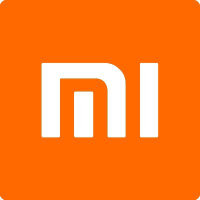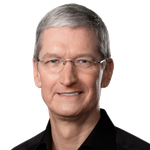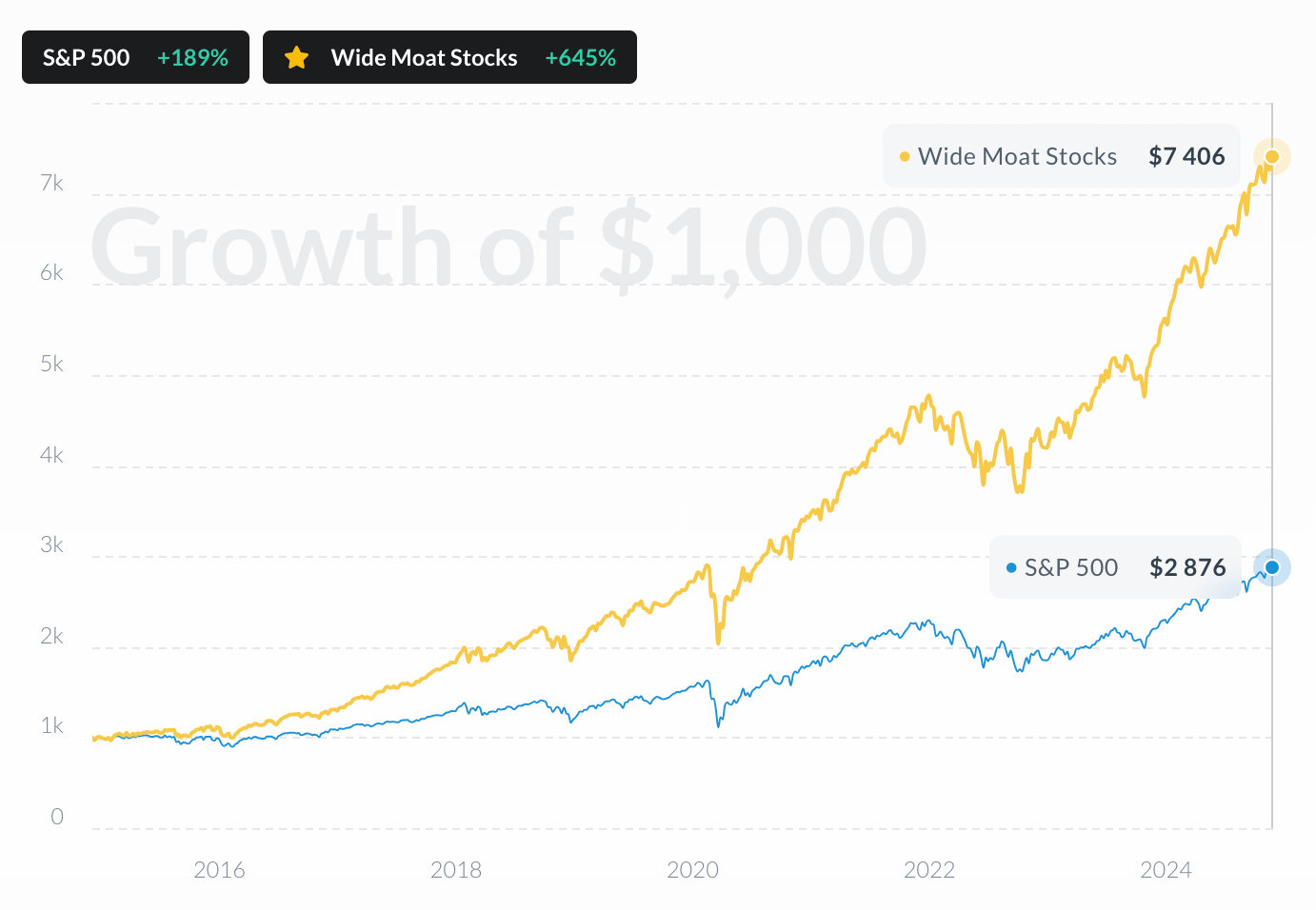
 Apple Inc Research
NASDAQ:AAPL
Apple Inc Research
NASDAQ:AAPL
Apple Inc Research Report


Summary
It’s hard to bet against Apple - the brand, the margins, the loyalty. But the company is now managing maturity, not building momentum. If future products don’t move the needle, Apple may remain a solid hold - not a compelling buy.

- Global consumer tech leader with a powerful hardware + software ecosystem.
- Revenue growth has cooled, but services and wearables are picking up the slack.
- Ultra-profitable, with consistent cash generation and low reinvestment needs.
- User loyalty and platform control give Apple unmatched pricing power.
- Growth now depends on expanding services and launching new product categories.
- Valuation reflects its dominance - not much room for error.
What the Company Does
Apple sells high-margin devices that lock users into a lucrative ecosystem. The iPhone is the centerpiece, but once inside, customers pay for apps, subscriptions, cloud storage, and more.
This integration creates one of the stickiest business models in the world. Switching away from Apple means giving up hardware, software, and services that feel tightly connected.
Services are becoming a bigger piece of the pie. App Store fees, Apple Pay, advertising, and subscriptions are now major profit drivers, making Apple less dependent on device upgrades over time.
At its best, Apple turns each hardware sale into an annuity stream, compounding customer lifetime value with minimal churn.
Market & Competition
The hardware game is crowded, but Apple’s ecosystem keeps users (and rivals) locked out.
— Alpha Spread Analyst Team
Market Opportunity
Apple plays in multiple massive markets: smartphones, laptops, tablets, wearables, and digital services. While hardware categories are maturing, the global installed base of Apple devices continues to grow - now over 2 billion. That expanding footprint creates more opportunities to monetize each user.
The biggest long-term opportunity is services: App Store fees, cloud storage, streaming, and financial products. These areas offer recurring, high-margin revenue streams. Apple is also betting on entirely new categories like AR/VR (Vision Pro) and AI integration, which could unlock future growth if adoption takes off.
The hardware upgrade cycle may slow, but the lifetime value per user keeps rising.
Competitive Landscape
Apple faces hardware competition from Samsung and Xiaomi, who offer a wide range of devices at different price points.
Alphabet (Google) competes in operating systems (Android), cloud, AI, and even hardware through Pixel.
On the services side, Netflix, Spotify, and Dropbox go head-to-head with Apple TV+, Apple Music, and iCloud - but they do so on Apple’s turf.
| Company | Business Model | Strengths | Weaknesses |
|---|---|---|---|

Samsung Electronics Co Ltd
KRX:005930
|
Devices | Hardware innovation | Weak brand loyalty |

Xiaomi Corp
HKEX:1810
|
Budget hardware + services | Price leadership in Asia | Low margins, limited differentiation |

Alphabet Inc
NASDAQ:GOOGL
|
Cloud + Ads + Android | Software & AI leadership | Fragmented experience |

Netflix Inc
NASDAQ:NFLX
|
Video streaming subscription | Massive content library, global reach | Rising content costs, no platform control |

Spotify Technology SA
NYSE:SPOT
|
Standalone music platform | Brand loyalty, personalized experience | Pays heavy royalties, low margins |

Dropbox Inc
NASDAQ:DBX
|
Cloud storage + productivity | Trusted brand, enterprise foothold | Easy to switch, limited ecosystem moat |
What makes this unusual: Apple doesn’t just compete - it controls the platform that many of its competitors rely on to reach users.
Positioning & Economic Moat
Apple’s moat is built on vertical integration and habit. Users don’t just buy a phone - they buy into an ecosystem of apps, devices, and services that all work better together. That makes switching painful, both practically and emotionally.
Control is Apple’s superpower. It owns the hardware, the OS, the chips, the store, and the billing. That end-to-end control ensures quality and captures more margin per user than almost any other consumer tech company.
Competitors can match specs or price. Very few can match the system.
Growth Performance
Big Picture
Apple’s growth in recent years has been steady but slower than during its high-growth phase. Most of the momentum now comes from services and wearables. iPhone sales remain the core of the business, but the segment is reaching saturation in key markets, and users are holding on to their phones for longer - a sign that the hardware upgrade cycle is maturing.
Services on the Rise
The real engine now is services: App Store, iCloud, Apple Music, AppleCare, and payments. These businesses are high-margin and recurring, and they’ve steadily grown as a percentage of Apple’s revenue. Wearables like the Apple Watch and AirPods also continue to expand Apple’s device footprint - and lock-in.
Looking Ahead
Looking ahead, analysts expect modest top-line growth. The challenge is no longer scale - it’s reinvention. New bets like Vision Pro and AI-powered features may open fresh growth paths, but the hardware cycle is clearly maturing. Apple isn’t shrinking - but it’s no longer compounding at Silicon Valley speed.
Margins & Profitability
Apple’s profitability isn’t just a result of premium pricing. It’s built deep into the company’s design and structure.
Tight Control Creates High Margins
Because Apple controls everything - from the design of chips to the software on devices - it avoids paying middlemen and protects its pricing power.
Most hardware companies have to accept lower margins because they rely on suppliers or other platforms. Apple’s control lets it capture value that others give away.
Services Are a Margin Booster
Apple's Services segment, including the App Store, iCloud, and subscriptions, has much higher margins than hardware sales. As the Services segment keeps growing faster than hardware, it quietly lifts Apple’s overall profitability over time.
Even without explosive revenue growth, Apple's mix shift toward higher-margin Services strengthens its profitability year after year.
Costs Grow Slower Than Revenue
Apple's expenses, like marketing and research, don’t grow as fast as its sales. Once the core platform is built, adding new users or selling extra services costs very little.
This creates a powerful effect where profits grow faster than revenue - a dynamic called operating leverage.
Returns on Capital Are World-Class
For every dollar invested, Apple generates more profit than nearly any other large company. It doesn't need heavy spending to expand because its brand, ecosystem, and customer loyalty do the work.
Many companies need constant reinvestment to stay competitive. Apple can grow earnings efficiently without massive new capital, making it less risky during slowdowns.
Free Cash Flow
When analyzing a company, free cash flow (FCF) is often more important than reported earnings. It shows the real cash left after running the business and investing to keep it healthy. FCF is the money a company can actually use to pay dividends, buy back stock, make acquisitions, or simply build a financial cushion. Profits are good. Cash is better.
Apple’s Cash Machine
Apple turns sales into cash faster than almost any large company, thanks to four reinforcing levers:
- Capital-light production – Apple designs chips and software but lets specialist partners build the hardware, so it avoids tying cash up in factories and heavy equipment.
- Premium prices → thick hardware margins – Each iPhone or Mac sells far above its build cost, enlarging every incoming cash wave.
- High-margin services on top – App Store fees, iCloud storage, Apple Music and Apple Pay add recurring revenue that costs little to deliver, padding cash flow even when device sales flatten.
- Cash in early, cash out late – Customers pay Apple almost instantly, while many suppliers are paid weeks or months later, letting Apple hold the money (and earn a return) before the bills come due.
Bigger inflows from hardware, steady inflows from services, and delayed outflows to suppliers combine into a powerful engine that keeps Apple’s free cash flow strong even in years when product revenue barely grows.
Where the Cash Goes
Most of Apple's free cash flow is returned to shareholders through aggressive stock buybacks and a steadily rising dividend.
At the same time, Apple invests in future growth areas like custom chips, spatial computing, and AI features, while maintaining a sizable cash cushion for flexibility.
Management's long-term goal is to eventually reach a "net-cash-neutral" position: holding enough cash for stability but returning excess capital to investors.
Management









Steady Hands After Steve Jobs
After Steve Jobs stepped down, many doubted Apple could sustain its success. Under Tim Cook’s leadership, Apple didn't just hold its ground — it scaled to record revenues, broadened into services and wearables, and preserved high margins.
Cook’s operational background shifted Apple’s focus from bold visionary leaps to consistent execution and supply chain excellence.

Strengths: Focus, Discipline, and Scale
Apple's leadership emphasizes product quality, ecosystem integration, and financial discipline over chasing headlines.
Strategic moves like investing in custom silicon (M-series, A-series chips) and expanding recurring services have made Apple's business more stable and predictable.
Capital allocation remains shareholder-friendly, with aggressive buybacks, a growing dividend, and disciplined investment in core capabilities.
Weaknesses: Slower Big Bets, Rising Regulatory Pressure
While Apple has mastered scaling existing product lines, it has been slower at creating new, transformational categories since the iPhone and iPad.
Products like Apple Watch and Vision Pro show innovation, but none have reshaped markets at the scale of earlier hits.
In addition, Apple's tight ecosystem control has attracted regulatory scrutiny globally, creating potential legal and financial risks over time.
Bottom Line
Apple’s management is exceptionally skilled at extracting value from its ecosystem and compounding strengths over time.
However, future growth may depend more on finding new product breakthroughs and managing external regulatory pressures - challenges that require balancing operational excellence with strategic boldness.
Long-Term View
Apple’s next chapter depends on whether it can spark another platform shift — or just keep compounding on loyalty and lock-in.
— Alpha Spread Analyst Team
Apple has built one of the stickiest ecosystems in the world. Its devices, services, and brand loyalty turn first-time buyers into lifelong customers. Today, growth is driven less by selling more iPhones and more by deepening how much each user spends inside the ecosystem.
The long-term bet is twofold: first, that Apple can keep increasing revenue per user through services, financial products, and subscription bundles; second, that it can invent another breakout product — something that joins the iPhone, Mac, and AirPods as core parts of everyday life.
But the risks are real. If Apple fails to launch a new must-have category, or if services growth hits a ceiling, it could become a slower-growth business. Regulators are also circling, questioning Apple's control over the App Store, default apps, and device interoperability.
If Apple can keep its ecosystem sticky while creating a new platform (like Vision Pro scaling into a real business or future breakthroughs in AI or health), it can extend its dominance.
If not, it remains a cash machine, but one with rising pressure to justify its premium valuation.
Valuation

Apple is priced like a company that’s still executing flawlessly - and the premium reflects both its past success and the market’s confidence in its future. The stock isn’t cheap by traditional measures, but high-quality businesses rarely are.
To support this valuation, Apple needs to keep growing services, defending ecosystem margins, and ideally launching a new product that meaningfully moves the needle. That’s a high bar - but one the company has cleared before.
This isn’t a value play. It’s a bet on durability, brand, and long-term optionality. Investors are paying up for stability - and trusting Apple to keep earning that premium.
Should you buy it
Apple is one of the safest businesses in the market — but the price already reflects that.
— Alpha Spread Analyst Team
It’s hard to bet against Apple — the brand, the margins, the loyalty. But the company is now managing maturity, not building momentum. Its next wave of growth depends on services, new devices, and AI — none of which are proven catalysts yet.
If you're looking for a high-quality, low-drama compounder, Apple still fits. But at today’s price, you’re not buying growth — you’re buying consistency.
This is a solid hold. Maybe a buy on weakness. But it’s not a bargain.

































 You don't have any saved screeners yet
You don't have any saved screeners yet